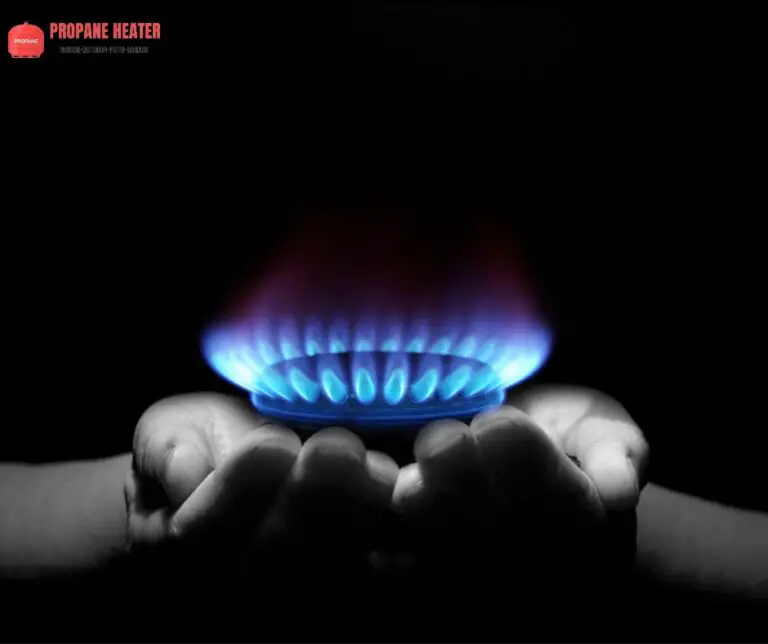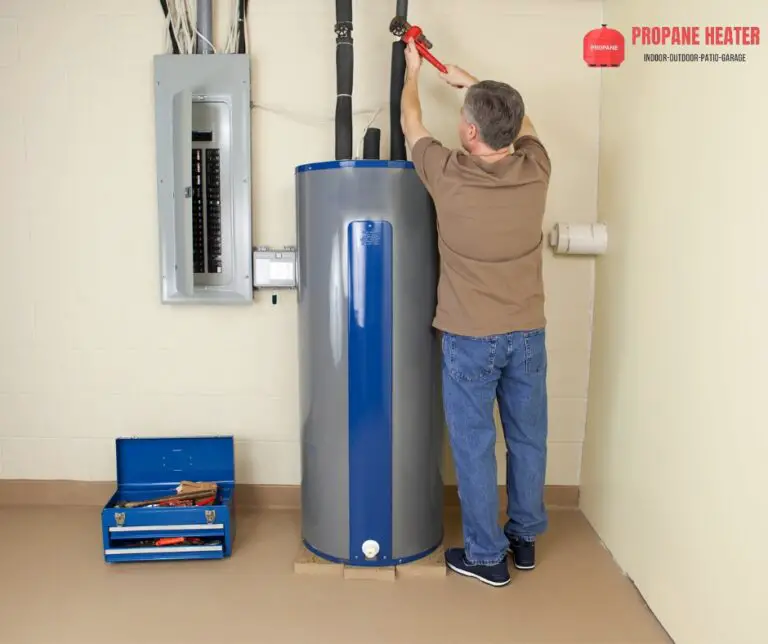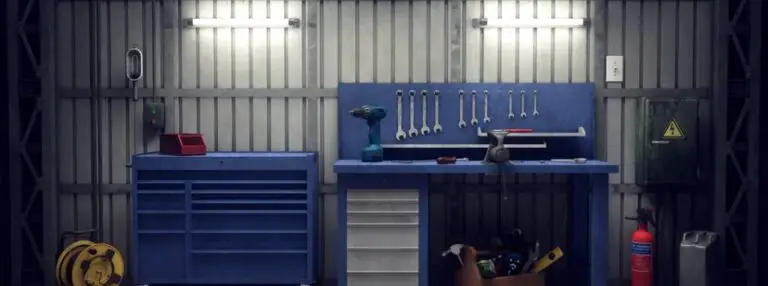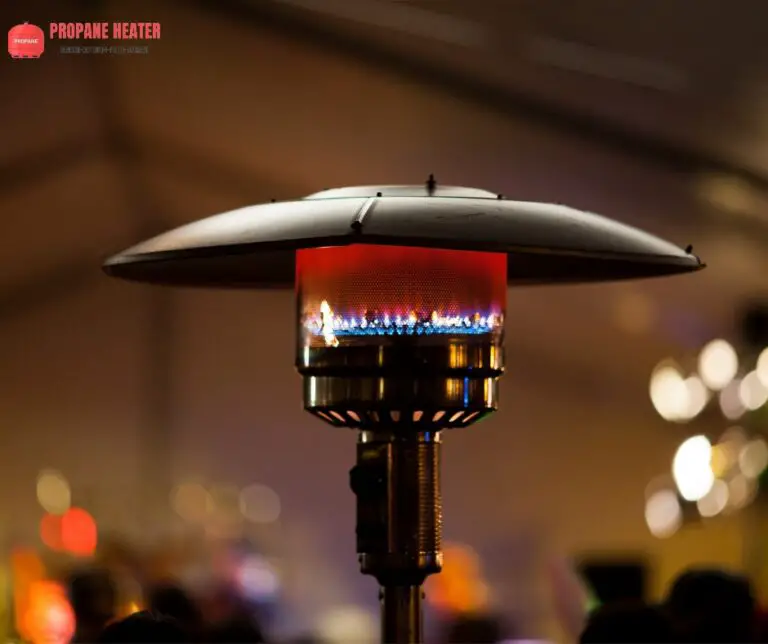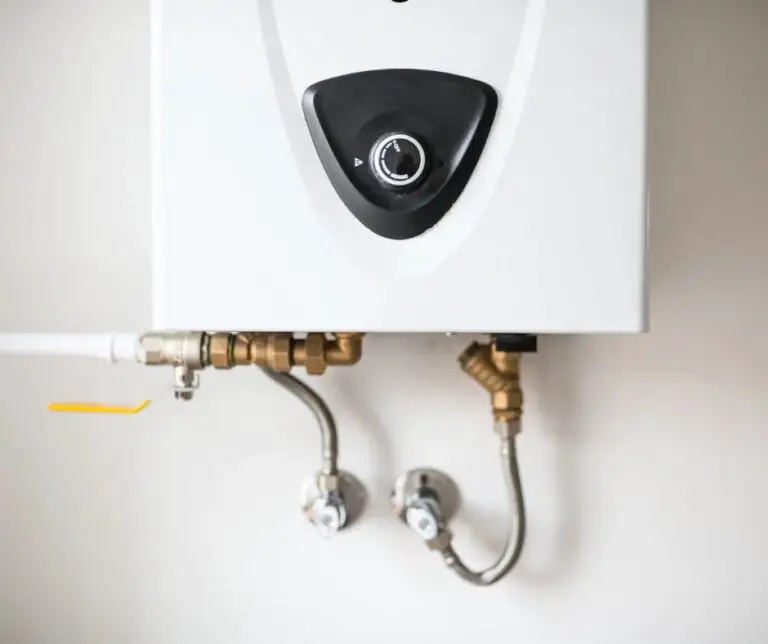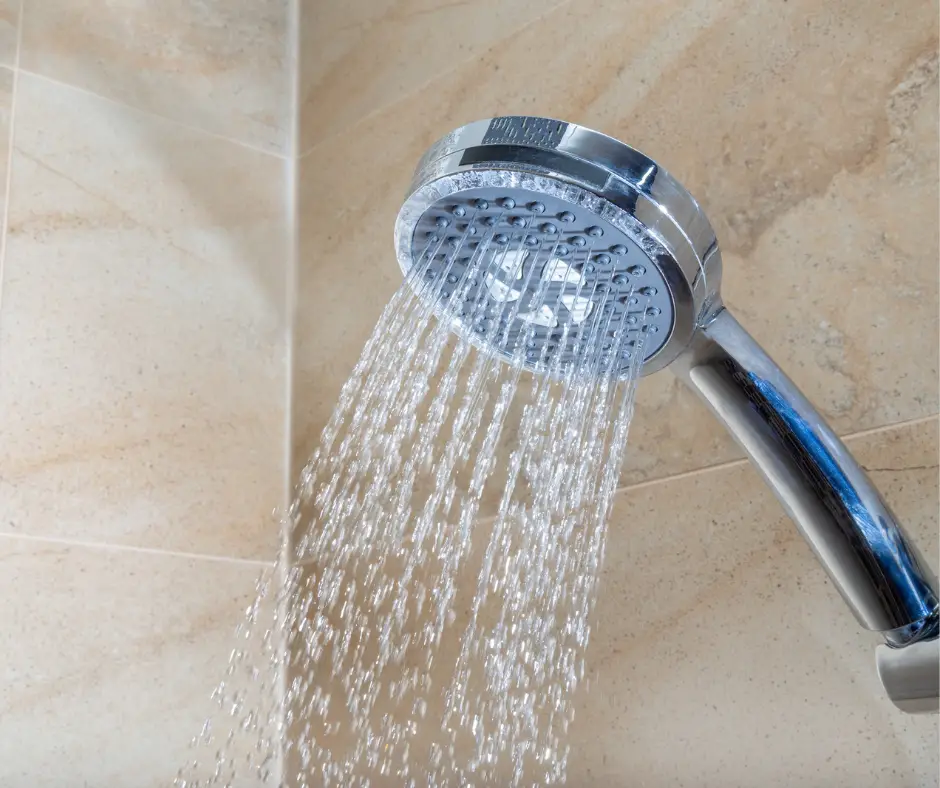
Low water pressure in the shower is a common problem caused by several issues. Fortunately, it’s usually an easy fix if you know where to start looking. Below are a few ways to increase water pressure in the shower.
Check the water line for Leaks
Reduced water pressure can also be a result of leaking. Before you do any of the steps mentioned to increase water pressure, you should check your water line for leaks. A leaky faucet or shower head can waste a lot of water and cause low water pressure.
You can use an inexpensive “water pressure gauge” tool to test for leaks in your home’s pipes. There are also more advanced methods like using dye tablets or electronic devices like Water Leak Detectors that detect slow seepage through walls and flooring or even through concrete.
If you find a leak, fix it as soon as possible. Also, leaking water can cause significant damage to your home, so if you have leaks, it is crucial to find them quickly and repair them.
Inspect the shut-off valve of the main water line
The shut-off valve is the main water line that supplies water to your house. If you want to increase your water pressure, you need to clean it if needed.
The location of the shut-off valve depends on where your home was built and how old it is. Generally, it’s located in the basement or garage near the supply lines running into your home. The primary purpose of this valve is to turn off all services so that no more water flows into your home when they are not necessary, such as during repairs.
It may also be used for flushing out old pipes after installing new fixtures or appliances, so there aren’t any leaks in other parts of your plumbing system.
Adjust your Pressure-Reducing Valve
You can also adjust your Pressure-Reducing Valve. This device is typically located in the wall near the shower. It helps to regulate water pressure coming out of your shower head. After finding your pressure-reducing valve, try to adjust it. Sometimes, other house members might have turned down your valve for several reasons. And if you are unaware of this, it can show up as low pressure when showering.
Remove the water restrictor in the shower head
A flow restrictor is a device that helps customers reduce their water bills and protect the environment by restricting the amount of water that flows from faucets and showerheads. These devices have been placed into residential plumbing systems in most areas as part of federal law.
While it has a good purpose for being there, removing the flow restrictor from your showerhead can also improve water pressure and might even clear out mineral build-up around the restrictor.
Replace the shower head with a High-Pressure One
Consider getting a high-pressure shower head if your shower needs a little extra oomph. You’ll need to make sure you choose one that has a flow rate of 2.5 gallons per minute or higher and make sure you’ve installed it correctly.
These shower heads are specifically designed to help increase water flow. When fixed correctly, they can help create a more powerful stream of water than a regular shower head. Such powerful streams will feel like someone is giving you an enema instead of spraying some water on your backside now and then.
Replace your shower hose
Suppose your shower is not equipped with a pressure-reducing valve; you can increase the water pressure by replacing the existing hose with higher quality. A low-quality hose will allow more water to pass through it, resulting in a lower flow rate at the end and, thus, lower pressure overall.
Flush the water heater
If you use a water heater with your shower, you should consider flushing it. Why? It’s possible your water tank is blocked by sediment, which will, in turn, clog the pipes leading to your shower. The best way to ensure this does not happen is to flush the tank regularly.
The flushing frequency depends on how often you use your hot water and how well maintained it is but as a general rule, once every six months would be adequate for most households.
Flushing involves draining out the hot water from your tank and replacing it with cold tap water until it has cooled sufficiently. You can safely open the drain plug at the bottom without burning yourself. You may also need an assistant who can hold onto anything that might fall into place while doing this job because, once again, safety comes first.
Install a shower pump
Installing a shower pump is another way to boost the pressure in your shower since it increases how quickly water gets to you. While this method is affordable, it can still require professional help to install and purchase.
An excellent place to start is by asking around and researching local professionals who specialize in plumbing work. If you’re lucky enough to know someone who has installed one before, they may be able to recommend a reputable company or even offer their services for free. From there, you’ll have someone experienced in helping take care of everything from ordering supplies through installation.
Install a power shower
A power shower is an option for increasing water pressure in your existing shower. The power shower uses hot and cold water to feed the shower, so while it will work in much the same way as a pump, it has a pump installed inside the box on the wall that boosts the pressure of the water supply.
However, power showers are very expensive and can be pretty awkward to install if you need more space for them or access to your plumbing system. If you decide to go down this route, get a professional plumber to do it for you.
What Causes Low Water Pressure in the Shower?
When it comes to showerheads, the most common cause of low water pressure is an old or clogged showerhead. If you have a new home, this may not be the case for you, and your pressure could be higher due to another cause.
You can check if it’s time for a new showerhead by taking off the stop-cocks on both ends of your pipes and seeing if there are any leaks. If there are leaks, then your piping needs to be replaced or repaired by a professional plumber. If there aren’t any leaks in your plumbing system, then you may need to replace or clean out your existing shower head with some cleaning agents or use DIY methods.
Conclusion
Water pressure is a critical consideration when you are buying a new showerhead. If the water pressure is too low, it can make taking a shower uncomfortable and even painful. And if you already have a low shower pressure, performing any of the above can help you rectify it. Ultimately, if none works, consider replacing the unit entirely.

I am Richard A. Jackson man behind propane heating solution, An HVAC expert working as a team lead of the heating department, Provide services all over the USA (around all major cities), and from planning to implementation, you will get all your solution here. We provide various tanks (propane and other natural gases) and deal with disposable waste.

